On a tight budget and need advice with no-till gardening
peaceful_heart_05
12 years ago
Related Stories

DECORATING GUIDES10 Design Tips Learned From the Worst Advice Ever
If these Houzzers’ tales don’t bolster the courage of your design convictions, nothing will
Full Story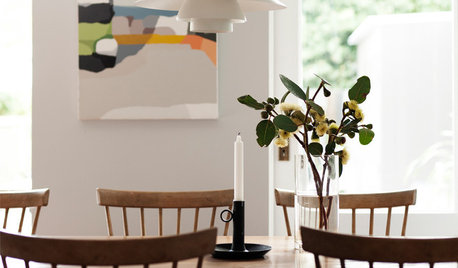
DECORATING GUIDESBudget Decorating: How to Decorate Smart and Slow
To make the most of your decorating dollar, forgo the disposable stuff, think vintage and free first and give yourself a splurge
Full Story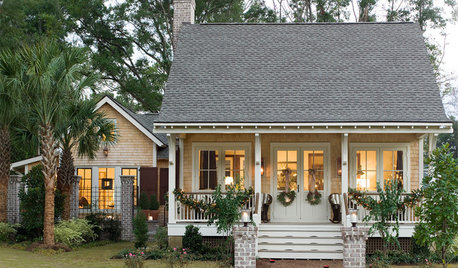
DECORATING GUIDESMake Your Fixer-Upper Fabulous on a Budget
So many makeover projects, so little time and money. Here's where to focus your home improvement efforts for the best results
Full Story
DECORATING GUIDESBudget Decorator: Let’s Go Thrifting
Dip into the treasure trove of secondhand pieces for decor that shows your resourcefulness as much as your personality
Full Story
HOUZZ TOURSMy Houzz: Budget-Friendly Bohemian Ranch in Dallas
A resourceful owner uses vintage finds and homemade pieces to create a cozy home full of love and imagination in Texas
Full Story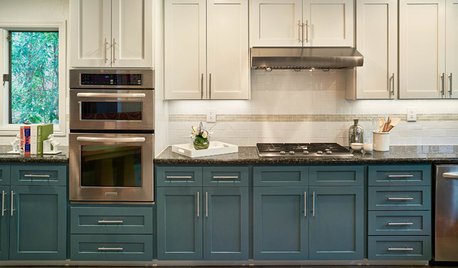
KITCHEN OF THE WEEKKitchen of the Week: Refacing Refreshes a Family Kitchen on a Budget
Two-tone cabinets, vibrant fabric and a frosty backsplash brighten this eat-in kitchen
Full Story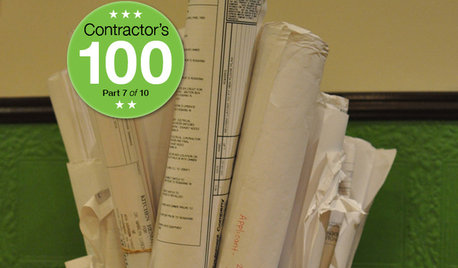
REMODELING GUIDESContractor Tips: 10 Ways to Get the Remodel You Want for Less
Lighten the load on your remodeling budget without sacrificing your design by heeding this insider advice
Full Story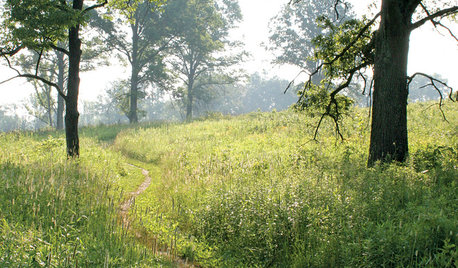
GARDENING GUIDES5 Easy Ways to Break Free of a Gardening Rut
Experience your garden in a whole new way — no big budget or major effort required — with these invigorating ideas
Full Story
KITCHEN DESIGN9 Ways to Save on Your Kitchen Remodel
A designer shares key areas where you can economize — and still get the kitchen of your dreams
Full Story
GARDENING FOR BUTTERFLIES3 Ways Native Plants Make Gardening So Much Better
You probably know about the lower maintenance. But native plants' other benefits go far beyond a little less watering and weeding
Full StoryMore Discussions







bi11me
Kimmsr
Related Professionals
New Bedford Landscape Architects & Landscape Designers · Ilchester Landscape Architects & Landscape Designers · Belvedere Park Landscape Contractors · Canby Landscape Contractors · Hurricane Landscape Contractors · Lakewood Landscape Contractors · Rio Linda Landscape Contractors · Riverhead Landscape Contractors · Elkridge Decks, Patios & Outdoor Enclosures · Centennial Decks, Patios & Outdoor Enclosures · Fort Pierce Decks, Patios & Outdoor Enclosures · Harrisburg Decks, Patios & Outdoor Enclosures · Inwood Decks, Patios & Outdoor Enclosures · Lake Arrowhead Decks, Patios & Outdoor Enclosures · Salisbury Decks, Patios & Outdoor Enclosureselisa_z5
maplerbirch
Kimmsr
elisa_z5
elisa_z5
Kimmsr
lazy_gardens
gardenlen
Alyssa DeRonne
bi11me
Lloyd
leira
Lloyd
bi11me
Alyssa DeRonne
TheMasterGardener1
Alyssa DeRonne
lazy_gardens
Alyssa DeRonne
Lloyd
kevinitis